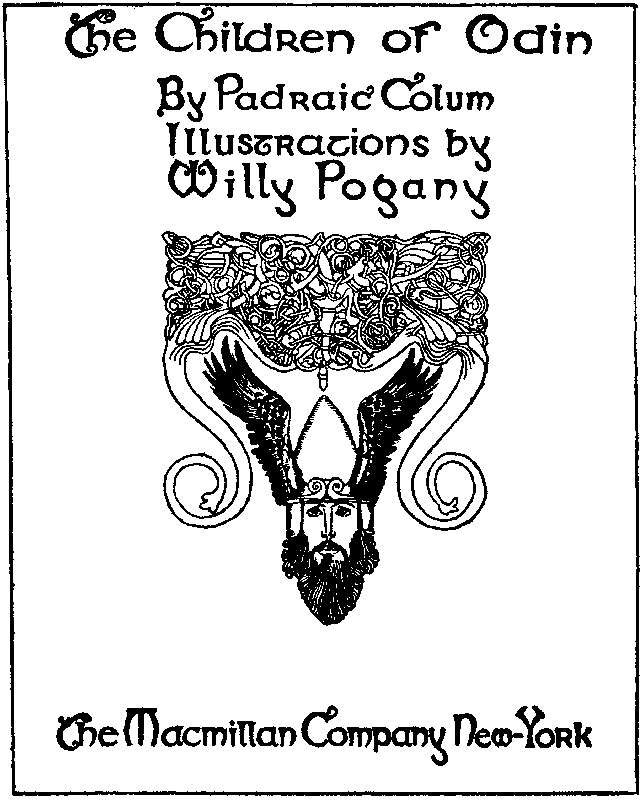The Viking Route - a part of the Council of Europe’s Cultural Routes Project
- 1.Viking ship Museum, Norway
- 2.Borre cemetery, Norway
- 3.Moster Church, Norway
- 4.Urnes stave church, Norway
- 5.Stiklestad battlefild, Norway
- 6.Borg chieftain’s house, Norway
- 7.Museums Viking Material, Sweden
- 8.The Viking town of Birka, Sweden
- 9.Jarlabanke’s bridge, Sweden
- 10. Old Uppsala, Sweden
- 11. Themound of Anund, Sweden
- 12. The Sigurd rock carving, Sweden
- 13. The Rök Stone, Sweden
- 14. County Museum, Gotland, Sweden
- 15. Gettlinge cemetery, Öland, Sweden
- 16. Ale’s ship-setting, Sweden
- 17. The National Museum of Denmark18.The Ladby Ship, Denmark19.Viking Ship Museum, Denmark20.The Trelleborg fortress, Denmark21.The Lindholm Høje cemetery, Denmark22.The Fyrkat fortress, Denmark23.The Jelling stone and burial mound, Denmark24.Moesgård Museum, Denmark25.The Viking town of Ribe, Denmark26.The National Museum of Iceland27.The Arnastofnun Manuscript Institute, Iceland28.Thingvellir, Iceland29.Stöng farmhouse, Iceland30.Reykholt, Iceland31.Brattahlid, Greenland32.L’Anse aux Meadows33.Kvivik farmstead Fareoe Islands34.Lindisfarne monastery, England35.The Viking town of York36.Gosforth Cross, England37.Jarlshof, Shetland, Scotland38.Brough of Birsay, Orkney, Scotland39.Maes Howe, Orkney, Scotland40.Kolbein Hruga’s Castle, Orkney, Scotland41.National Museums of Antiquities, Scotland42.Isle of Man, England43.Viking Dublin, Ireland44.Waterford and Limerick, Ireland45.The Bayeux tapestry, France46.The Viking town of Hedeby, Germany47.Vanhalinna hillfort, Finland48.Novgorod, Russia









